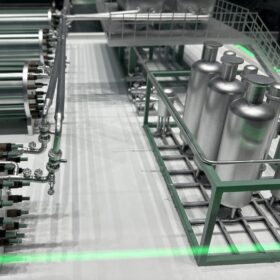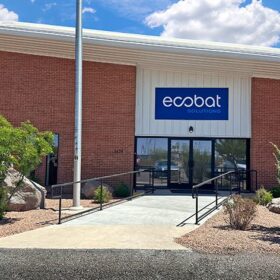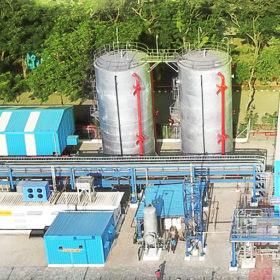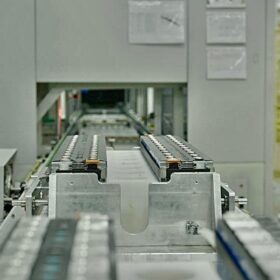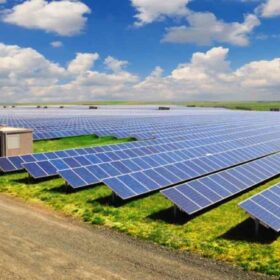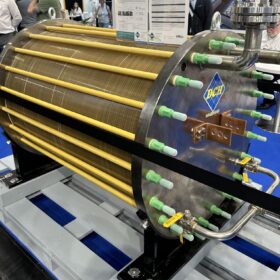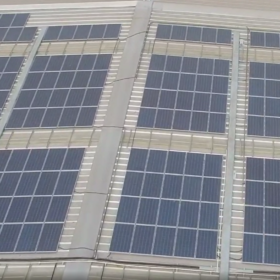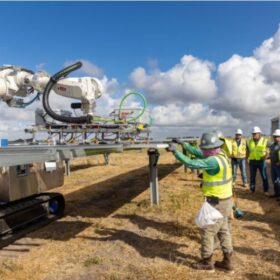Leveraging ESG Tech for a resilient and decentralized energy grid
According to the “Energy Statistics India 2024” report by the Ministry of Statistics and Programme Implementation, total emissions from the energy sector have been on the rise, underscoring the urgency for sustainable energy practices and stronger ESG-aligned interventions.
“Distributed renewable energy should serve as an inclusive, community-centric growth engine”: ISA Director General
Ashish Khanna, Director General of International Solar Alliance, highlighted the need to enable private-sector investments in driving technology and innovation for distributed renewable energy, while the government focuses on developing the policy and regulatory framework and results-based financing to make these solutions affordable for the poor.
BGR Tech, Chemie-Tech partner on green hydrogen and ammonia projects globally
India’s BGR Tech Ltd has joined hands with Dubai-based EPC company Chemie-Tech to execute multi-megawatt green hydrogen and ammonia projects on lump sum turnkey basis worldwide.
Lithium-ion battery recycling plant comes online in Arizona
The opening of Ecobat’s new facility is just one of many indicators that U.S. battery recycling is on the rise.
The Hydrogen Stream: L&T sets up green hydrogen arm
L&T Energy Green Tech has incorporated a wholly owned subsidiary, L&T Green Energy Kandla Pvt Ltd (LTGEK), for development of green hydrogen and its derivative (including green ammonia) projects and to carry out other related business activities.
Japanese energy supplier to use green hydrogen for district heating, power
Akasaka Heating & Cooling Supply says it will use green hydrogen produced at an unspecified location in Japan to produce heat and electricity for its Akasaka 5-chome district heating system in central Tokyo.
Replus to expand battery facility to 6 GWh
Replus Engitech will expand its battery energy storage and EV battery production facility to 6 GWh by the end of the next year. Currently, the company has 1 GWh of cell-to-pack manufacturing capacity in Pune.
Transforming discarded batteries into valuable resources
Rather than viewing battery recycling as waste management, it should be reframed as an economic and industrial opportunity. Advanced recycling techniques can recover up to 95% of lithium, cobalt, and nickel, reducing India’s reliance on raw material imports.
Renewable energy sector in 2025 and beyond
Governments worldwide are enacting policies that encourage investment in green technologies. As businesses recognise the long-term benefits of transitioning to renewable sources, private capital is increasingly flowing into innovative projects that promise sustainable returns.
The Hydrogen Stream: Chile selects electrolyzer companies for local assembly
Chile’s economic development agency Corfo has selected three companies – two Chinese and one Spanish – to build electrolyzer production facilities in the country. The projects, set to begin operations by mid-2026, will assemble alkaline and proton exchange membrane (PEM) electrolyzers ranging from 50 kW to 5 MW.


